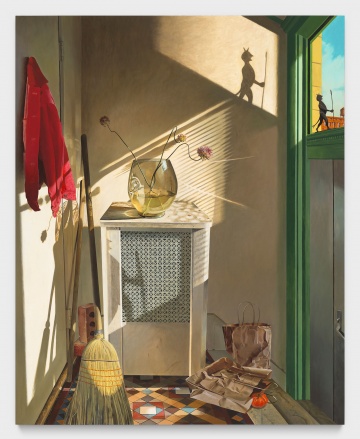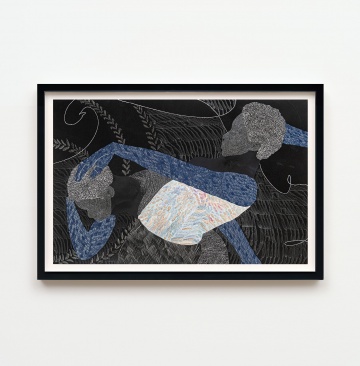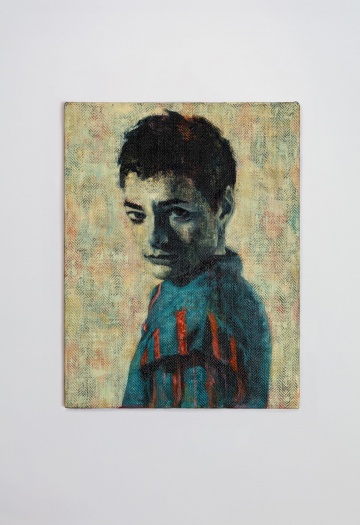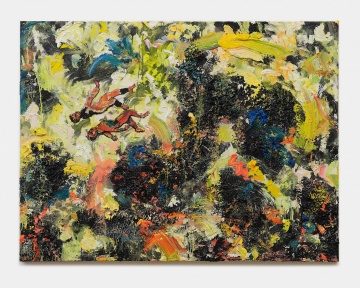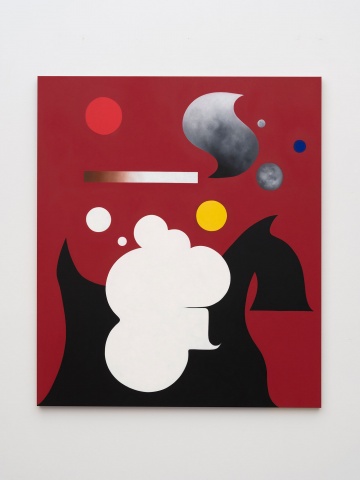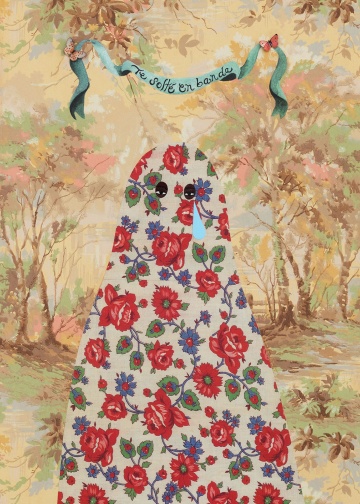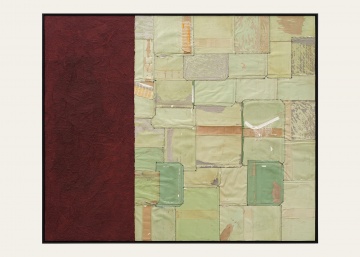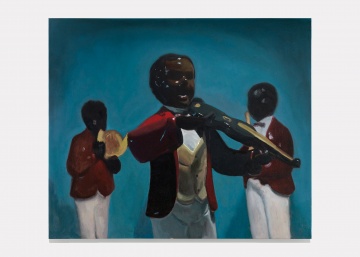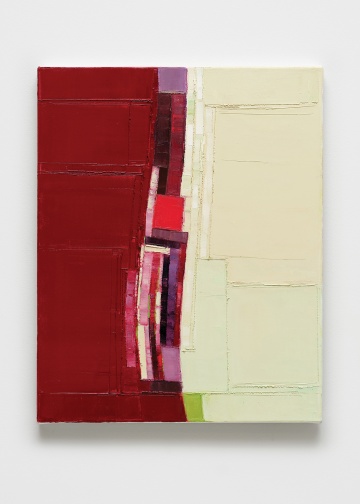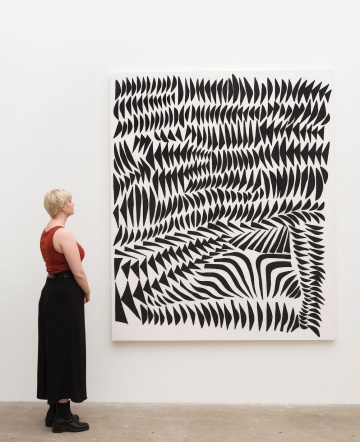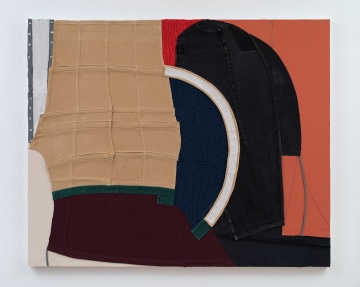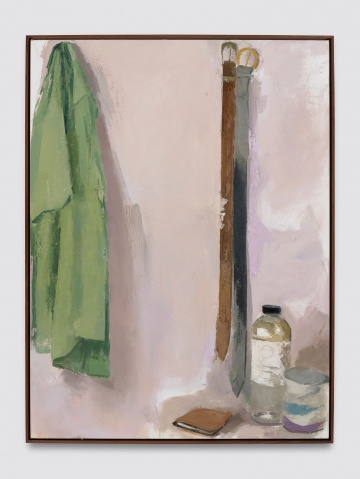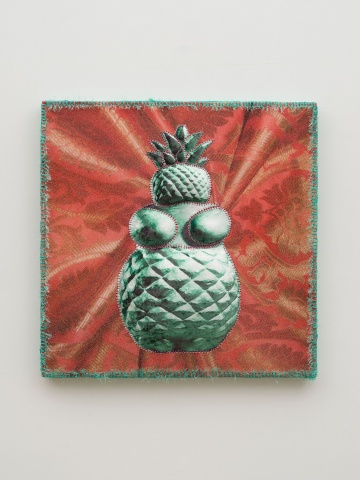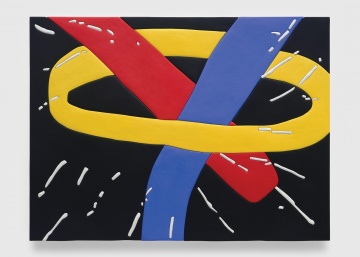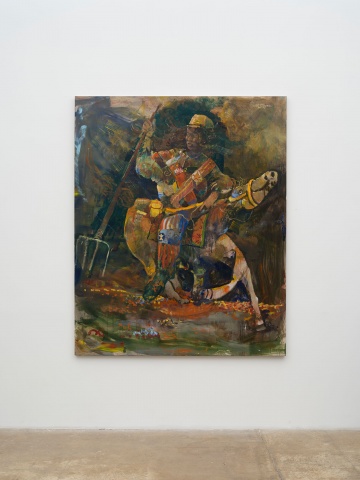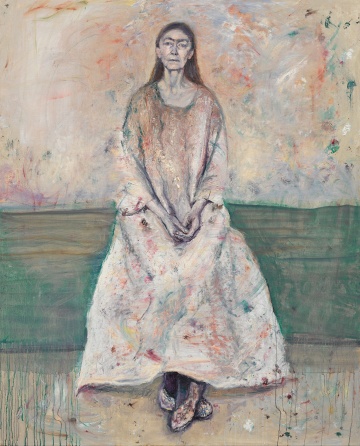Vielmetter Los Angeles
1700 South Santa Fe Avenue, #101
Los Angeles, CA 90021
213 623 3280
Los Angeles, CA 90021
213 623 3280
Contemporary art gallery in Los Angeles exhibiting local and internationally recognized artists since 2000.
Artists Represented:
Nick Aguayo
Edgar ArceneauxMath Bass
Whitney Bedford
Sadie Benning
Whitney Bedford
Sadie Benning
Ellen Berkenblit
Sara Berman
April Bey
Kwesi Botchway
Andrea Bowers
Andrea Bowers
Kim Dingle
Nicole Eisenman
Genevieve Gaignard
Liz Glynn
Karl Haendel
Karl Haendel
Lavaughan Jenkins
Mario Joyce
Hayv Kahraman
Raffi Kalenderian
Raffi Kalenderian
Mary Kelly
Samuel Levi Jones
Hugo McCloud
Dave McKenzie
Rodney McMillian
Yunhee Min
Wangechi Mutu
Dave McKenzie
Rodney McMillian
Yunhee Min
Wangechi Mutu
Elizabeth Neel
Pope.L
Robert Pruitt
Mary Reid Kelley & Patrick Kelley
Deborah Roberts
Steve Roden
Steve Roden
Paul Mpagi Sepuya
Arlene Shechet
John Sonsini
Mickalene Thomas
Tam Van Tran
Hannah Van Bart
Monique van Genderen
Esther Pearl Watson
Patrick Wilson
Bari Ziperstein
Kyle Dunn
Devil in the Daytime
February 8, 2025 - March 29, 2025
Vielmetter Los Angeles is thrilled to present Devil in the Daytime, the gallery’s first solo exhibition featuring new works by New York-based painter Kyle Dunn. This marks Dunn’s debut solo exhibition in Los Angeles and will be on view from February 8 through March 29, 2025.
Nate Lewis
Tuning The Signals
February 8, 2025 - March 29, 2025
Vielmetter Los Angeles is pleased to present Tuning the Signals, New York-based artist Nate Lewis’s first solo exhibition with the gallery. The exhibition will be on view from February 8 to March 29, 2025.
Kim DeJesus
Moonbliss Riverdream
January 25, 2025 - March 8, 2025
Vielmetter Los Angeles is thrilled to present Moonbliss Riverdream, a solo exhibition by Los Angeles painter Kim DeJesus on view from January 25 to March 8, 2025. This exhibition marks DeJesus’s first solo show with the gallery and features a selection of her recent abstract paintings, created using acrylic, oil, and mixed media on canvas.
Sara Berman
Lapdogs And Fools
November 23, 2024 - January 25, 2025
The exhibition features a close-knit and captivating collection of recent oil paintings on linen and a short film collaboration with filmmaker Clare Macdonald.
Mario Joyce
Spirit, Spirit
November 23, 2024 - January 25, 2025
Joyce’s work delves into how memories evolve over time and across generations, transforming into intricate capsules of meaning that convey messages of identity, belonging, and place. Originally from South Solon, Ohio, Joyce draws heavily from his family’s history.
Math Bass
Monday's Child
November 16, 2024 - January 11, 2025
Vielmetter Los Angeles is pleased to present Monday’s Child, Math Bass’s second solo exhibition with the gallery. The exhibition will be on view from November 16th, 2024, to January 11th, 2025.
Genevieve Gaignard
Thinking Out Loud
September 21, 2024 - November 9, 2024
Vielmetter Los Angeles is delighted to announce Thinking Out Loud, Genevieve Gaignard’s third solo exhibition with the gallery, on view from September 21 to November 9, 2024.
Samuel Levi Jones
abstraction of truth
September 21, 2024 - November 9, 2024
Vielmetter Los Angeles is pleased to announce abstraction of truth, Samuel Levi Jones’s newest exhibition with the gallery, on view from September 21 to November 2, 2024.
Andrea Bowers
Recognize Yourself as Land and Water
September 14, 2024 - November 2, 2024
Vielmetter Los Angeles is pleased to announce Andrea Bowers’s sixth solo exhibition with the gallery on view from September 14th through November 2nd, 2024.
Reginald O’Neal
Souled Out
September 14, 2024 - November 2, 2024
Vielmetter Los Angeles is pleased to present Souled Out, Miami-based artist Reginald O’Neal’s first solo exhibition with the gallery. On view from September 14th through November 2nd, 2024, the exhibition comprises twelve new paintings expanding on the artist’s richly painted portraits of porcelain souvenirs he originally acquired at a gift shop in New Orleans.
Maya Kabat
Always Already Anew
July 20, 2024 - August 31, 2024
Vielmetter Los Angeles is pleased to announce Always Already Anew, Maya Kabat’s first solo exhibition with the gallery, featuring new paintings that explore abstraction and embodiment.
Nick Aguayo
Erasing A Flower
July 20, 2024 - August 24, 2024
Vielmetter Los Angeles is pleased to announce Erasing A Flower, Nick Aguayo’s newest exhibition with the gallery, on view from July 20 to September 7, 2024.
Steve Roden
floating over the silent world
July 20, 2024 - August 23, 2024
Vielmetter Los Angeles presents floating over the silent world, a tribute exhibition of Steve Roden’s lesser-known paintings, drawings, and sculptures from 1990 to 2019.
Lavaughan Jenkins
Love Liberates
July 13, 2024 - August 23, 2024
Vielmetter Los Angeles is pleased to announce Love Liberates, Lavaughan Jenkins’s second exhibition with the gallery, on view July 13 to August 24, 2024.
Tâm Văn Trần
Primordial Sounds of the Avatar
July 6, 2024 - July 6, 2024
Vielmetter Los Angeles is pleased to announce Primordial Sounds of the Avatar, Tâm Văn Trần’s newest exhibition with the gallery, featuring artworks that explore a unique alignment of cosmological revelations through paintings, ceramics, sculptures, and works on paper.
Medrie MacPhee
Qualia: I Feel You
June 1, 2024 - July 6, 2024
Vielmetter Los Angeles is pleased to announce Qualia: I Feel You, New York-based painter Medrie MacPhee’s first solo exhibition with the gallery, and her first in Los Angeles.
John Sonsini
Still Life Stories
May 18, 2024 - June 29, 2024
Vielmetter Los Angeles is excited to present Still Life Stories, John Sonsini’s third solo exhibition with the gallery on view from May 18th through June 29th.
April Bey
I Know All About What You Want to Know All About
April 6, 2024 - May 18, 2024
Vielmetter Los Angeles is excited to present I Know All About What You Want to Know All About, April Bey’s first exhibition with the gallery. The exhibition centers on the library and librarians of “Atlantica”, the artist’s imagined alternate universe where glitter is the currency and where visitors travel via portals of flora and fauna.
Aly Helyer
Everything Is Borrowed
April 6, 2024 - May 18, 2024
Vielmetter Los Angeles is pleased to present Everything Is Borrowed, London-based artist Aly Helyer’s first solo exhibition with the gallery on view from April 6th through May 18th, 2024.
Sadie Benning
The Touch, the Amulet and the Saltation
March 23, 2024 - May 4, 2024
Vielmetter Los Angeles is thrilled to present The Touch, the Amulet and the Saltation, an exhibition of sixteen new paintings by Sadie Benning.
Patrick Wilson
Field Sketch
February 10, 2024 - March 23, 2024
Vielmetter Los Angeles is pleased to present Field Sketch, an exhibition of new paintings by Los Angeles-based artist Patrick Wilson. The exhibition marks Wilson’s tenth solo presentation with the gallery and will be on view from February 10 – March 23, 2024.
Joseph Olisaemeka Wilson
Songs About War
February 10, 2024 - March 23, 2024
Vielmetter Los Angeles is pleased to announce Joseph Olisaemeka Wilson’s first solo exhibition at the gallery entitled Songs About War.
Celia Paul
Life Painting
January 13, 2024 - March 9, 2024
Vielmetter Los Angeles is pleased to announce Life Painting, Celia Paul’s first solo exhibition with the gallery, featuring the artist’s portraits, landscapes, and floral still-lifes.

 Back to all Member Galleries
Back to all Member Galleries

